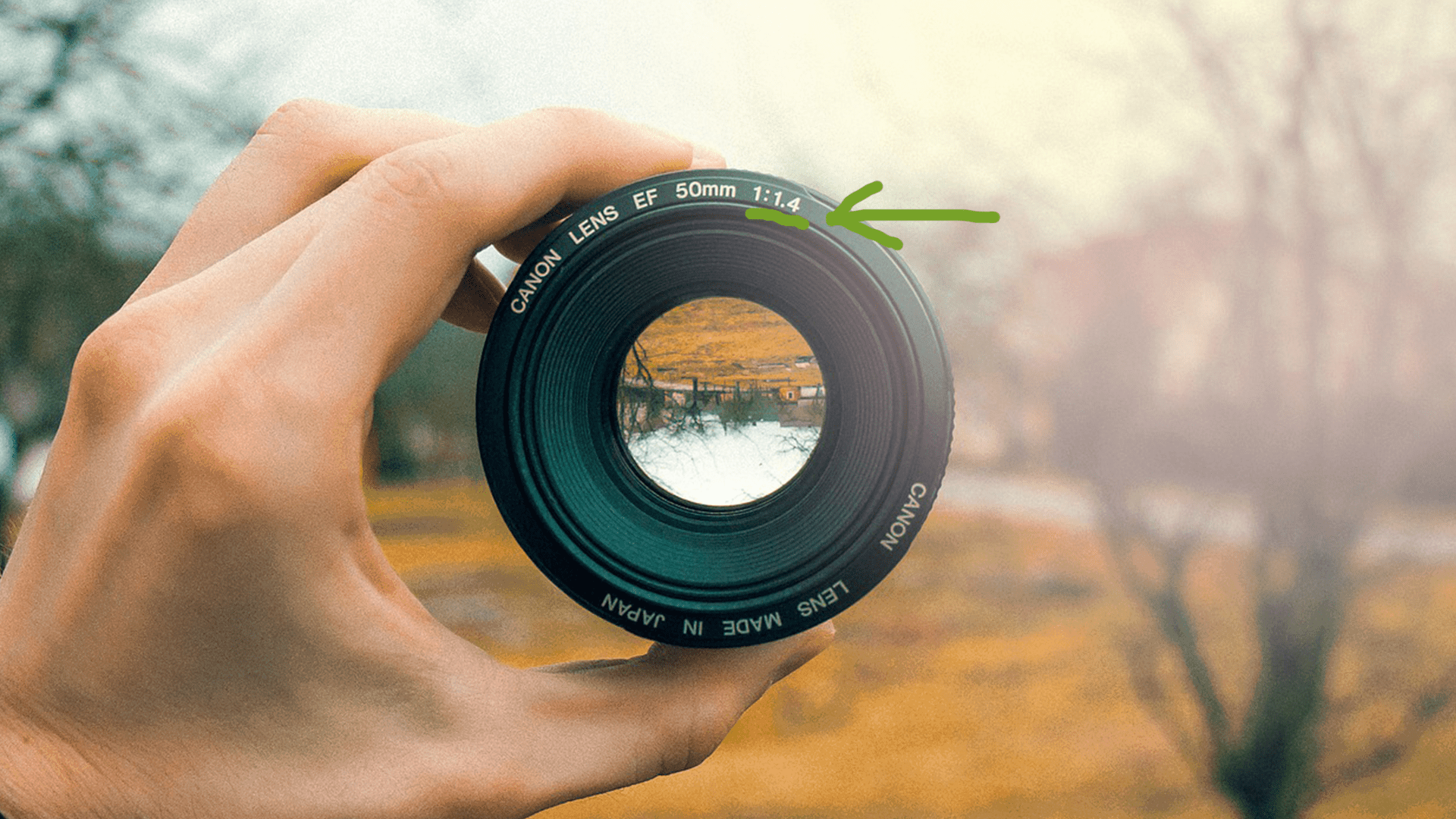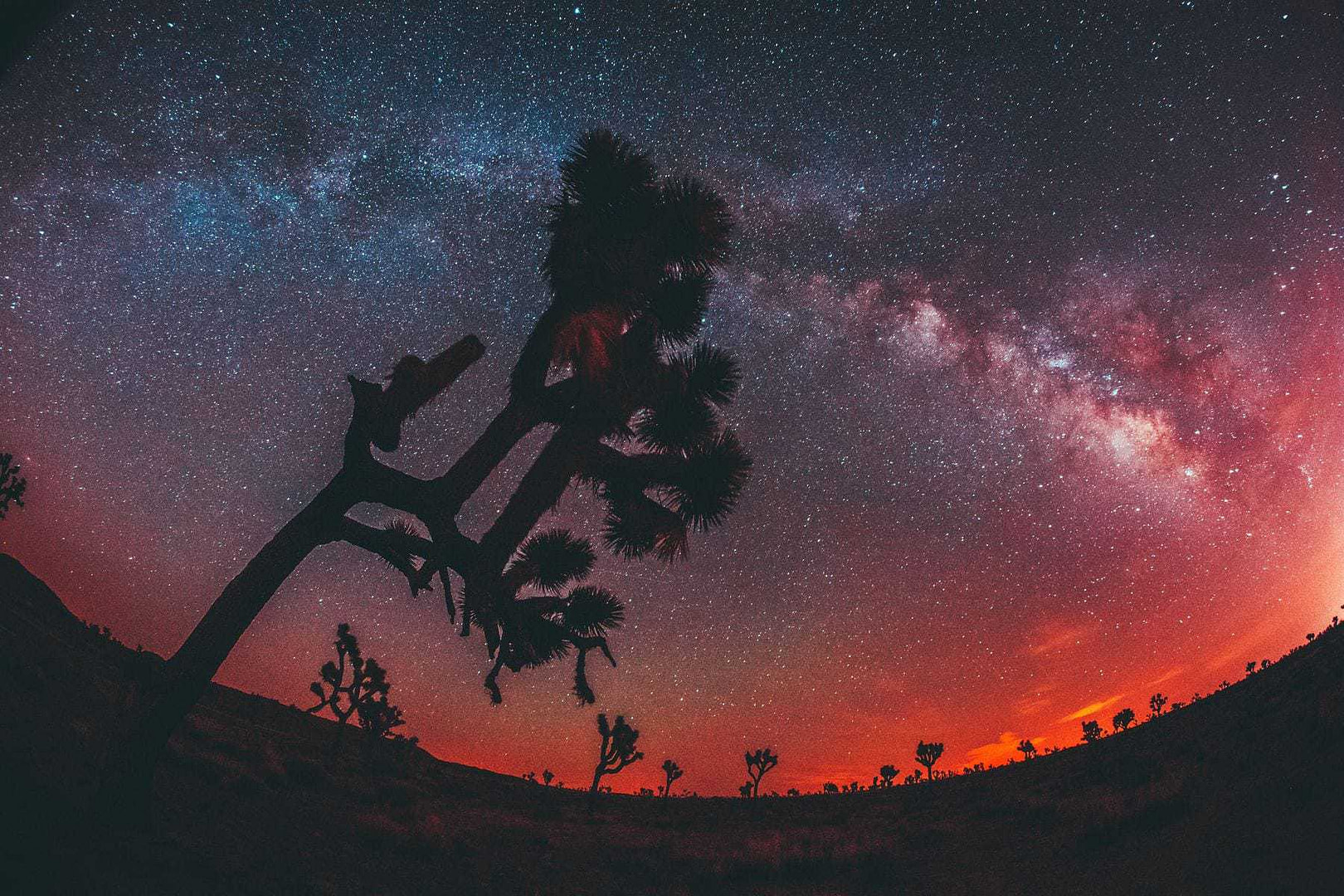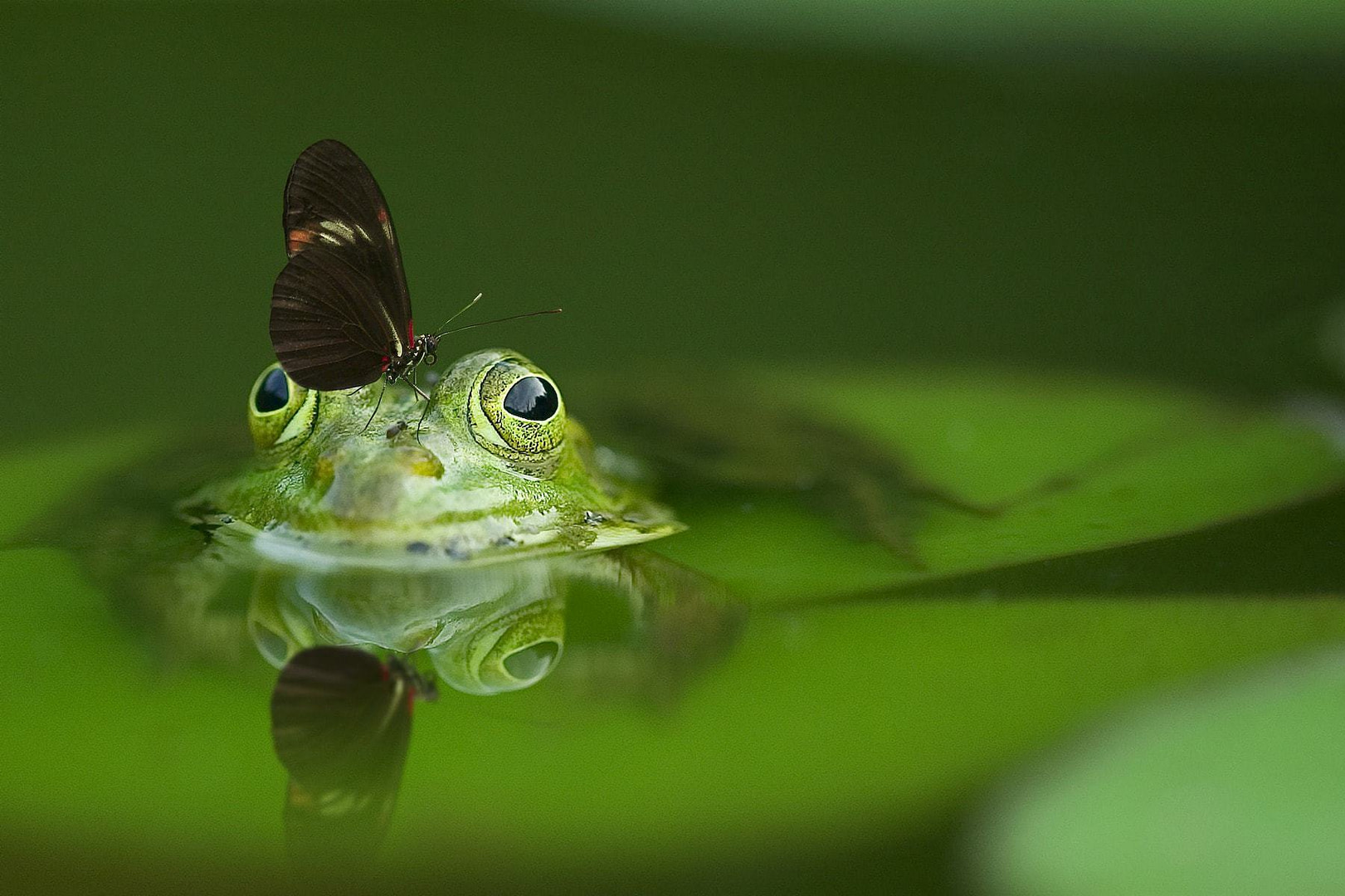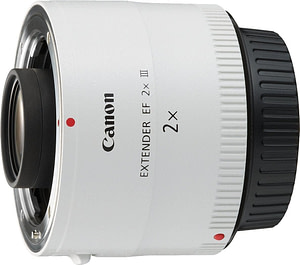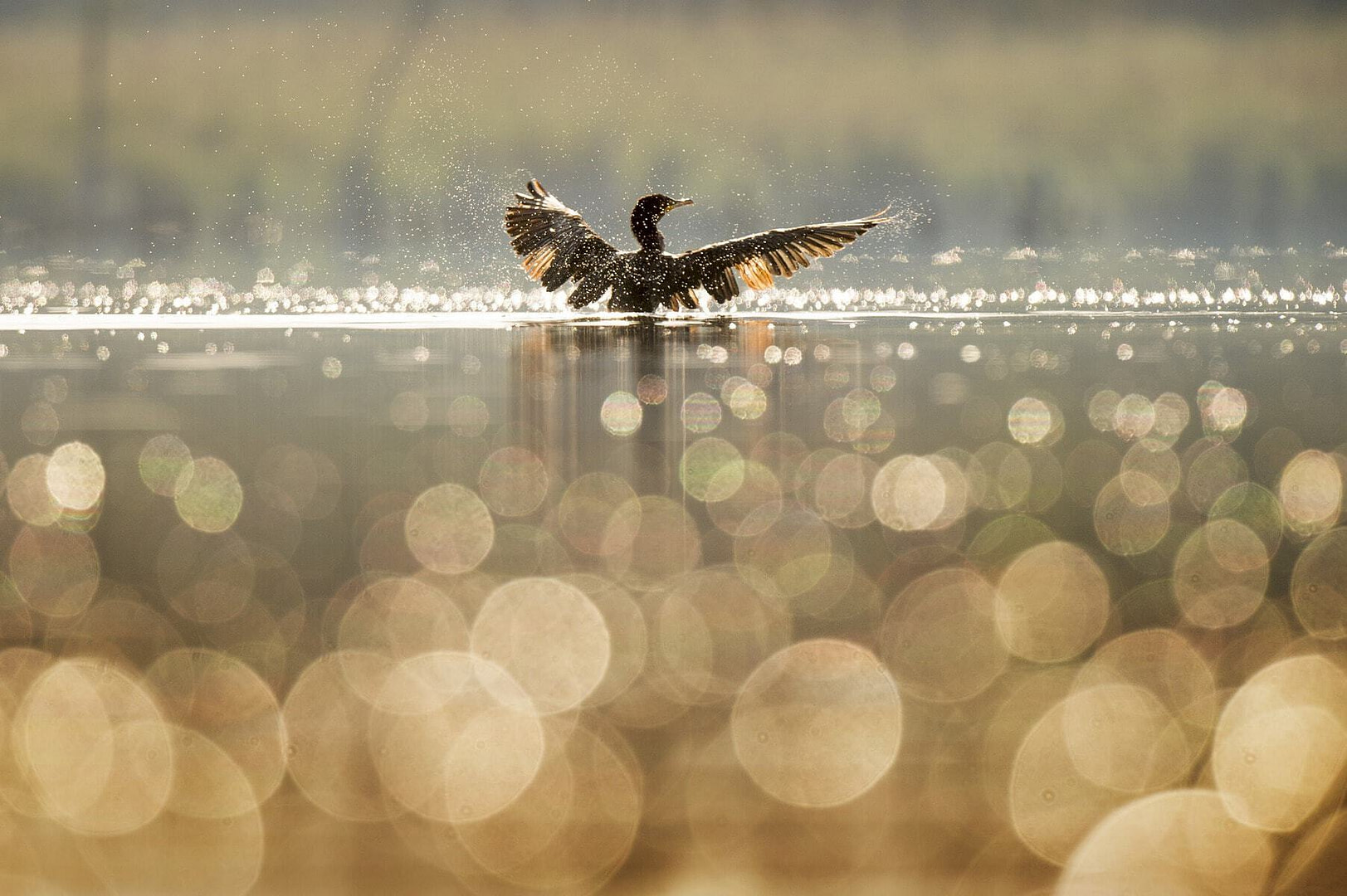[av_heading tag=’h1′ padding=’20‘ heading=’Modul 2 – Lektion 10
Das Objektiv‚ color=“ style=’blockquote modern-quote modern-centered‘ custom_font=“ size=“ subheading_active=’subheading_below‘ subheading_size=’16‘ custom_class=“ admin_preview_bg=“ av-desktop-hide=“ av-medium-hide=“ av-small-hide=“ av-mini-hide=“ av-medium-font-size-title=“ av-small-font-size-title=“ av-mini-font-size-title=“ av-medium-font-size=“ av-small-font-size=“ av-mini-font-size=“ margin=“]
Anatomie, Brennweite und Objektivtypen:
[/av_heading]
[av_hr class=’invisible‘ height=’70‘ shadow=’no-shadow‘ position=’center‘ custom_border=’av-border-thin‘ custom_width=’50px‘ custom_border_color=“ custom_margin_top=’30px‘ custom_margin_bottom=’30px‘ icon_select=’yes‘ custom_icon_color=“ icon=’ue808′ font=’entypo-fontello‘ av_uid=’av-6yofkp‘ admin_preview_bg=“]
[av_textblock size=“ font_color=“ color=“ av-medium-font-size=“ av-small-font-size=“ av-mini-font-size=“ av_uid=’av-6t20jd‘ admin_preview_bg=“]
In dieser Lektion lernst du…
- …was die Zahlen auf deinem Objektiv bedeuten.
- …was Perspektive, Brennweite und Bildwinkel sind.
- …welche Objektivarten es gibt und für welchen Zweck.
In diesem Modul widmen wir uns sozusagen dem optischen Herzstück der Kamera – dem Objektiv.:
[/av_textblock]
[av_hr class=’invisible‘ height=’70‘ shadow=’no-shadow‘ position=’center‘ custom_border=’av-border-thin‘ custom_width=’50px‘ custom_border_color=“ custom_margin_top=’30px‘ custom_margin_bottom=’30px‘ icon_select=’yes‘ custom_icon_color=“ icon=’ue808′ font=’entypo-fontello‘ av_uid=’av-6rta75′ admin_preview_bg=“]
[av_one_full first min_height=“ vertical_alignment=’av-align-top‘ space=“ margin=’0px‘ margin_sync=’true‘ padding=’0px,0px,20px,0px‘ border=“ border_color=“ radius=’0px‘ radius_sync=’true‘ background_color=“ src=“ attachment=“ attachment_size=“ background_position=’top left‘ background_repeat=’no-repeat‘ animation=“ mobile_breaking=“ mobile_display=“ av_uid=’av-6j2c8h‘]
[av_textblock size=“ font_color=“ color=“ av-medium-font-size=“ av-small-font-size=“ av-mini-font-size=“ av_uid=’av-6d2agh‘ admin_preview_bg=“]
Die Anatomie des Objektivs:
[/av_textblock]
[av_hr class=’invisible‘ height=’10‘ shadow=’no-shadow‘ position=’center‘ custom_border=’av-border-thin‘ custom_width=’50px‘ custom_border_color=“ custom_margin_top=’30px‘ custom_margin_bottom=’30px‘ icon_select=’yes‘ custom_icon_color=“ icon=’ue808′ font=’entypo-fontello‘ admin_preview_bg=“ av_uid=’av-65g089′]
[av_textblock size=“ font_color=“ color=“ av-medium-font-size=“ av-small-font-size=“ av-mini-font-size=“ av_uid=’av-5z8v1t‘ admin_preview_bg=“]
[s3mm type=“video“ source=“cloudfront“ files=“Videos/3..3_1 ANATOMIE EINES OBJEKTIVS.mp4″ titles=“Videos/3..3_1 ANATOMIE EINES OBJEKTIVS.mp4″ splash=“https://mlzwymt16oxv.i.optimole.com/w:auto/h:auto/q:90/ig:avif/f:best/https://photo-inspirator.com/wp-content/uploads/2018/10/objektiv-anatomie.jpg“ /]
[/av_textblock]
[/av_one_full]
[av_hr class=’invisible‘ height=’50‘ shadow=’no-shadow‘ position=’center‘ custom_border=’av-border-thin‘ custom_width=’50px‘ custom_border_color=“ custom_margin_top=’30px‘ custom_margin_bottom=’30px‘ icon_select=’yes‘ custom_icon_color=“ icon=’ue808′ font=’entypo-fontello‘ av_uid=’av-6rta75′ admin_preview_bg=“]
[av_icon_box position=’top‘ icon_style=“ boxed=“ icon=’ue803′ font=’entypo-fontello‘ title=’EXKURS:Was ist die Lichtstärke?‘ link=“ linktarget=“ linkelement=“ font_color=“ custom_title=“ custom_content=“ color=“ custom_bg=“ custom_font=“ custom_border=“ av-medium-font-size-title=“ av-small-font-size-title=“ av-mini-font-size-title=“ av-medium-font-size=“ av-small-font-size=“ av-mini-font-size=“ av_uid=’av-jh95m5n3′ admin_preview_bg=“]
Die größte Blendenöffnung, die ein Objektiv besitzen kann, nennt man übrigens auch Lichtstärke. Ob ein Objektiv qualitativ hochwertig ist, zeichnet sich nicht nur durch seine Abbildungsleistung aus, sondern wird auch dadurch bestimmt, wie weit sich seine Blende öffnen und welche Menge an Licht sich mit ihr sammeln lässt.
Die Lichtstärke wird häufig auf dem Gerät nur mit einem Wert vermerkt. Je kleiner der Wert ist, umso größer die Lichtstärke des Objektivs.
Vielleicht ist dir auch schon einmal aufgefallen, dass auf Zoom-Objektiven zwei Werte angegeben sind. Der erste Wert beschreibt dann die maximale Blendenöffnung bei kürzester Objektiv-Brennweite und der letzte Wert steht für die maximale Blendenöffnung für die längstmögliche Brennweite des Objektivs.
[/av_icon_box]
[av_hr class=’invisible‘ height=’100′ shadow=’no-shadow‘ position=’center‘ custom_border=’av-border-thin‘ custom_width=’50px‘ custom_border_color=“ custom_margin_top=’30px‘ custom_margin_bottom=’30px‘ icon_select=’yes‘ custom_icon_color=“ icon=’ue808′ font=’entypo-fontello‘ av_uid=’av-6rta75′ admin_preview_bg=“]
[av_one_full first min_height=“ vertical_alignment=’av-align-top‘ space=“ margin=’0px‘ margin_sync=’true‘ padding=’0px,20px,px,0px‘ border=“ border_color=“ radius=’0px‘ radius_sync=’true‘ background_color=“ src=“ attachment=“ attachment_size=“ background_position=’top left‘ background_repeat=’no-repeat‘ animation=“ mobile_breaking=“ mobile_display=“ av_uid=’av-l3kup‘]
[av_textblock size=“ font_color=“ color=“ av-medium-font-size=“ av-small-font-size=“ av-mini-font-size=“ av_uid=’av-5q61m9′ admin_preview_bg=“]
Die Brennweite:
[/av_textblock]
[av_hr class=’invisible‘ height=’10‘ shadow=’no-shadow‘ position=’center‘ custom_border=’av-border-thin‘ custom_width=’50px‘ custom_border_color=“ custom_margin_top=’30px‘ custom_margin_bottom=’30px‘ icon_select=’yes‘ custom_icon_color=“ icon=’ue808′ font=’entypo-fontello‘ admin_preview_bg=“ av_uid=’av-5jhgcp‘]
[av_textblock size=“ font_color=“ color=“ av-medium-font-size=“ av-small-font-size=“ av-mini-font-size=“ av_uid=’av-j4vbt‘ admin_preview_bg=“]
[s3mm type=“video“ source=“cloudfront“ files=“Videos/3..3_2 BRENNWEITE.mp4″ titles=“Videos/3..3_2 BRENNWEITE.mp4″ splash=“https://mlzwymt16oxv.i.optimole.com/w:auto/h:auto/q:90/ig:avif/f:best/https://photo-inspirator.com/wp-content/uploads/2018/10/brennweite.jpg“ /]
[/av_textblock]
[/av_one_full]
[av_hr class=’invisible‘ height=’100′ shadow=’no-shadow‘ position=’center‘ custom_border=’av-border-thin‘ custom_width=’50px‘ custom_border_color=“ custom_margin_top=’30px‘ custom_margin_bottom=’30px‘ icon_select=’yes‘ custom_icon_color=“ icon=’ue808′ font=’entypo-fontello‘ av_uid=’av-6rta75′ admin_preview_bg=“]
[av_icon_box position=’top‘ icon_style=“ boxed=“ icon=’ue81e‘ font=’entypo-fontello‘ title=’Brennweite, Bildwinkel und Schärfentiefe‘ link=“ linktarget=“ linkelement=“ font_color=“ custom_title=“ custom_content=“ color=“ custom_bg=“ custom_font=“ custom_border=“ av-medium-font-size-title=“ av-small-font-size-title=“ av-mini-font-size-title=“ av-medium-font-size=“ av-small-font-size=“ av-mini-font-size=“ av_uid=’av-jh95m5n3′ admin_preview_bg=“]
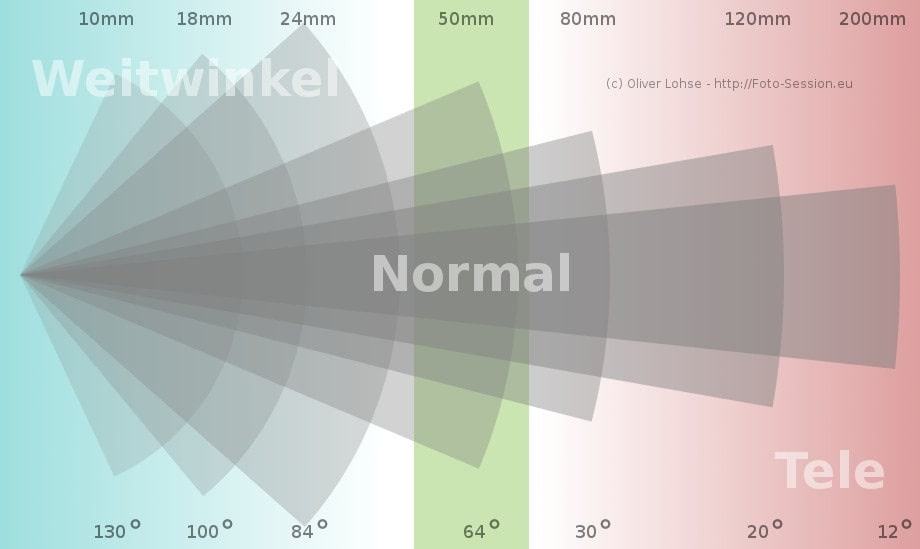
Objektive mit kürzerer Brennweite also Weitwinkelobjektive (z.B. 16 – 35mm) bieten einen größeren Bildwinkel. Dem entsprechend ist der Bildwinkel bei Objektiven mit größerer Brennweite kleiner (z.B. 85mm) und die abgebildeten Objekte erscheinen vergrößert.
Die Bezeichnung Normalobjektiv wird dann für Objektive mit einer festen Brennweite von ca. 50 mm verwendet. Die Bezeichnung beruht auf der Tatsache, dass die Verhältnisse und Abbildungseigenschaften bei einer Brennweite von 50 mm (genauer gesagt im Bereich zwischen 40 und 60 mm) denen des menschlichen Auges am nächsten kommen.
https://i.ytimg.com
Zudem führen längere Brennweiten zu einer geringeren Schärfentiefe, was man am sehr unscharfen Hintergrund im Bild ganz links im Vergleich zu dem ganz rechts gut erkennt.
[/av_icon_box]
[av_hr class=’invisible‘ height=’100′ shadow=’no-shadow‘ position=’center‘ custom_border=’av-border-thin‘ custom_width=’50px‘ custom_border_color=“ custom_margin_top=’30px‘ custom_margin_bottom=’30px‘ icon_select=’yes‘ custom_icon_color=“ icon=’ue808′ font=’entypo-fontello‘ av_uid=’av-6rta75′ admin_preview_bg=“]
[av_one_full first min_height=“ vertical_alignment=’av-align-top‘ space=“ margin=’0px‘ margin_sync=’true‘ padding=‘-15px,0px,0px,0px‘ border=“ border_color=“ radius=’0px‘ radius_sync=’true‘ background_color=“ src=“ attachment=“ attachment_size=“ background_position=’top left‘ background_repeat=’no-repeat‘ animation=“ mobile_breaking=“ mobile_display=“ av_uid=’av-3vv329′]
[av_textblock size=“ font_color=“ color=“ av-medium-font-size=“ av-small-font-size=“ av-mini-font-size=“ av_uid=’av-3pk0oh‘ admin_preview_bg=“]
Bildwinkel, Crop-Faktor und Perspektive:
[/av_textblock]
[av_hr class=’invisible‘ height=’10‘ shadow=’no-shadow‘ position=’center‘ custom_border=’av-border-thin‘ custom_width=’50px‘ custom_border_color=“ custom_margin_top=’30px‘ custom_margin_bottom=’30px‘ icon_select=’yes‘ custom_icon_color=“ icon=’ue808′ font=’entypo-fontello‘ admin_preview_bg=“ av_uid=’av-3mmztd‘]
[av_textblock size=“ font_color=“ color=“ av-medium-font-size=“ av-small-font-size=“ av-mini-font-size=“ av_uid=’av-3e13y9′ admin_preview_bg=“]
[s3mm type=“video“ source=“cloudfront“ files=“Videos/3..3_2 PERSPEKTIVE UND BILDWINKEL.mp4″ titles=“Videos/3..3_2 PERSPEKTIVE UND BILDWINKEL.mp4″ splash=“https://mlzwymt16oxv.i.optimole.com/w:auto/h:auto/q:90/ig:avif/f:best/https://photo-inspirator.com/wp-content/uploads/2018/10/crop-und-so.jpg“ /]
[/av_textblock]
[/av_one_full]
[av_hr class=’invisible‘ height=’100′ shadow=’no-shadow‘ position=’center‘ custom_border=’av-border-thin‘ custom_width=’50px‘ custom_border_color=“ custom_margin_top=’30px‘ custom_margin_bottom=’30px‘ icon_select=’yes‘ custom_icon_color=“ icon=’ue808′ font=’entypo-fontello‘ av_uid=’av-6rta75′ admin_preview_bg=“]
[av_icon_box position=’top‘ icon_style=“ boxed=“ icon=’ue83e‘ font=’entypo-fontello‘ title=’Wichtig‘ link=“ linktarget=“ linkelement=“ font_color=“ custom_title=“ custom_content=“ color=“ custom_bg=“ custom_font=“ custom_border=“ av-medium-font-size-title=“ av-small-font-size-title=“ av-mini-font-size-title=“ av-medium-font-size=“ av-small-font-size=“ av-mini-font-size=“ av_uid=’av-jh95m5n3′ admin_preview_bg=“]
Lass dich bitte durch Begriffe wie Perspektive, Bildwinkel und Crop-Faktor nicht verunsichern.
Das wichtigste in Bezug auf die Brennweite ist die Tatsache, dass längere Brennweiten das Motiv größer abbilden (kleinerer Bildwinkel) und quasi „heran-zoomen“. Dem Gegenüber sorgen kürzere Brennweiten für einen größeren Bildwinkel und bilden eben das Motiv kleiner ab.
Wenn du gerne etwas tiefer eintauchen möchtest in den Crop-Faktor, dann wirf einfach einen Blick auf diesen Artikel.
[/av_icon_box]
[av_hr class=’invisible‘ height=’100′ shadow=’no-shadow‘ position=’center‘ custom_border=’av-border-thin‘ custom_width=’50px‘ custom_border_color=“ custom_margin_top=’30px‘ custom_margin_bottom=’30px‘ icon_select=’yes‘ custom_icon_color=“ icon=’ue808′ font=’entypo-fontello‘ av_uid=’av-6rta75′ admin_preview_bg=“]
[av_one_full first min_height=“ vertical_alignment=’av-align-top‘ space=“ margin=’0px‘ margin_sync=’true‘ padding=‘-15px,0px,0px,0px‘ border=“ border_color=“ radius=’0px‘ radius_sync=’true‘ background_color=“ src=“ attachment=“ attachment_size=“ background_position=’top left‘ background_repeat=’no-repeat‘ animation=“ mobile_breaking=“ mobile_display=“ av_uid=’av-3vv329′]
[av_textblock size=“ font_color=“ color=“ av-medium-font-size=“ av-small-font-size=“ av-mini-font-size=“ av_uid=’av-3pk0oh‘ admin_preview_bg=“]
Objektivtypen und Verwendungszwecke:
[/av_textblock]
[av_hr class=’invisible‘ height=’10‘ shadow=’no-shadow‘ position=’center‘ custom_border=’av-border-thin‘ custom_width=’50px‘ custom_border_color=“ custom_margin_top=’30px‘ custom_margin_bottom=’30px‘ icon_select=’yes‘ custom_icon_color=“ icon=’ue808′ font=’entypo-fontello‘ admin_preview_bg=“ av_uid=’av-3mmztd‘]
[av_textblock size=“ font_color=“ color=“ av-medium-font-size=“ av-small-font-size=“ av-mini-font-size=“ av_uid=’av-3e13y9′ admin_preview_bg=“]
[s3mm type=“video“ source=“cloudfront“ files=“Videos/3..3_2 OBJEKTIVTYPEN.mp4″ titles=“Videos/3..3_2 OBJEKTIVTYPEN.mp4″ splash=“https://mlzwymt16oxv.i.optimole.com/w:auto/h:auto/q:90/ig:avif/f:best/https://photo-inspirator.com/wp-content/uploads/2018/10/Objektivtypen.jpg“ /]
[/av_textblock]
[/av_one_full]
[av_hr class=’invisible‘ height=’100′ shadow=’no-shadow‘ position=’center‘ custom_border=’av-border-thin‘ custom_width=’50px‘ custom_border_color=“ custom_margin_top=’30px‘ custom_margin_bottom=’30px‘ icon_select=’yes‘ custom_icon_color=“ icon=’ue808′ font=’entypo-fontello‘ av_uid=’av-6rta75′ admin_preview_bg=“]
[av_icon_box position=’top‘ icon_style=“ boxed=“ icon=’ue803′ font=’entypo-fontello‘ title=’Objektivtypen im Überblick‘ link=“ linktarget=“ linkelement=“ font_color=“ custom_title=“ custom_content=“ color=“ custom_bg=“ custom_font=“ custom_border=“ av-medium-font-size-title=“ av-small-font-size-title=“ av-mini-font-size-title=“ av-medium-font-size=“ av-small-font-size=“ av-mini-font-size=“ av_uid=’av-jh95m5n3′ admin_preview_bg=“]
Der Begriff Tele, wie er heute jedermann geläufig ist, steht für Teleobjektive mit längeren Brennweiten und kleinerem Bildwinkel. Weiter entfernte Objekte werden wie durch ein Fernglas vergrößert und somit näher herangeholt. Die Schärfentiefe ist geringer, da nur das eigentliche Motiv scharf dargestellt wird.
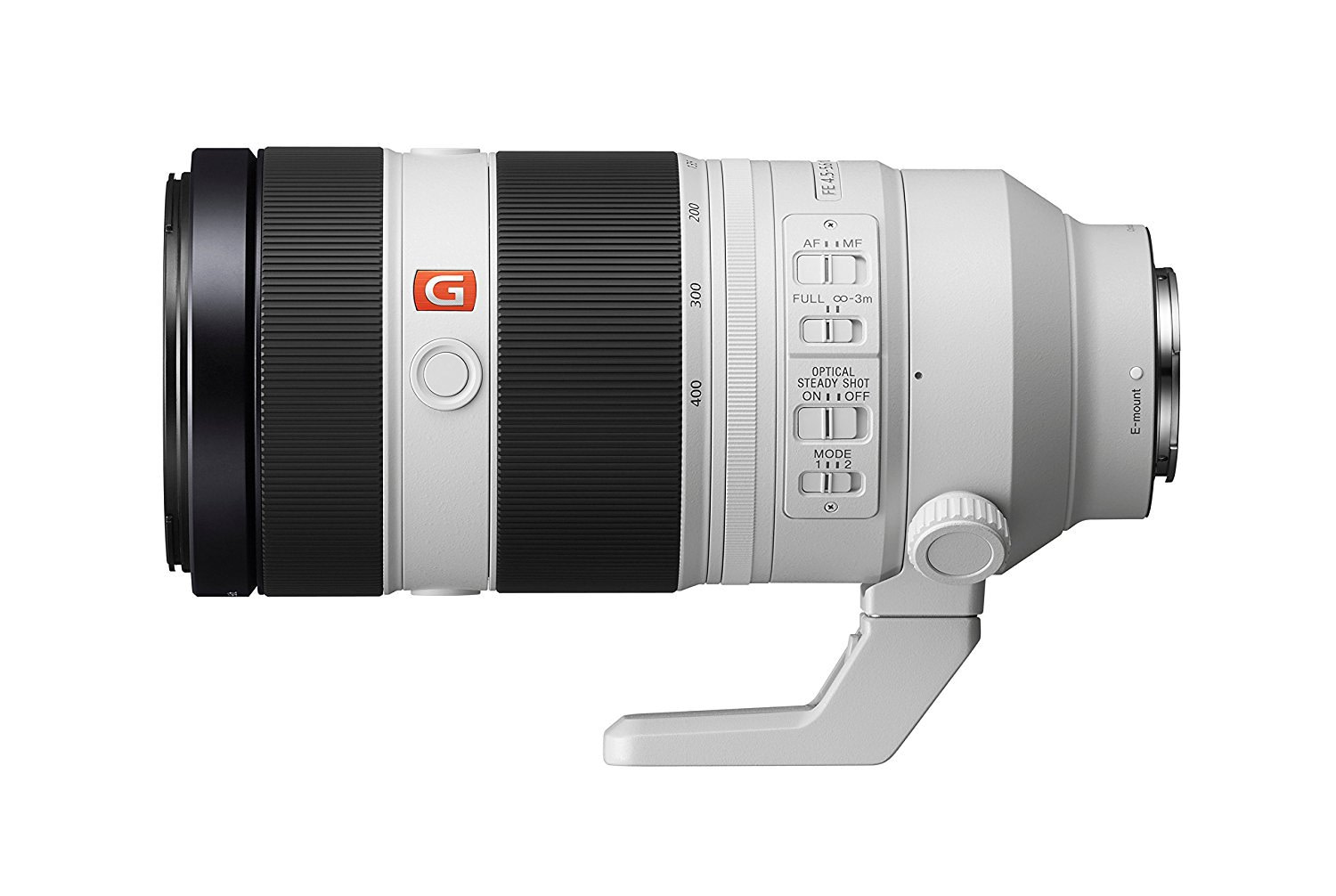
Im Bereich von 85 bis 135 mm spricht man hingegen von einem leichten Teleobjektiv – da dieser Brennweitenbereich für Portrait-Fotos prädestiniert ist, nennt man diese auch Porträt-Objektive.
Fisheye-Objektive
Das Gegenstück zum Super-Tele ist das Fisheye-Objektiv. Ein extremes Weitwinkel Objektiv. Es ermöglicht Bildwinkel von über 180°, so lässt sich zum Beispiel der komplette Himmel mit nur einer Aufnahme ablichten.
Weitwinkel-Objektive
Weitwinkel-Objektive zeigen einen größeren Bildwinkel als Normalobjektive aber eben nicht so extrem wie die Fisheyes. Durch hohe Schärfentiefe und ein besonders gutes Vorder- zu Hintergrund Verhältnis kommt Dynamik in deine Bilder. Eignet sich für Reportagen-Fotografie aber auch Landschaften oder Architektur.
Die Erweiterung des Weitwinkels ist? Klar, das Super- oder Ultraweitwinkel. Es bildet sehr viel von deinem Motiv ab, bis über 100° und ist somit etwa für die Landschaftsfotografie und insbesondere für Fotografien des Sternenhimmels hervorragend geeignet.
Normal- oder Standard-Objektive
Darüber haben wir bereits gesprochen. Dieses Objektiv kommt mit seinen Abbildungseigenschaften dem menschlichen Auge am nächsten – daher rührt auch die Bezeichnung „Normal“. Es ist für Portraitfotografie gut geeignet, insb. environmental Portraits, die den Portraitierten in seinem Umfeld zeigen sollen.
Makroobjektive
Mit seinem Abbildungsmaßstab von bis zu 1:1 hauptsächlich für den Nahbereich geeignet. Durch hohe Kontrast-Leistung und Auflösung aber auch im Fernbereich einsetzbar.
Alles was beim Abbildungsmaßstab über 1:1 hinausgeht bezeichnet man als Mikroobjektiv oder je nach Vergrößerung auch als Lupenobjektiv. Im extremen Nahbereich einsetzbar, jedoch nicht für die Ferne geeignet.
Zoomobjektiv
Alle Objektive mit einem Brennweitenbereich – also mit veränderbarer Brennweite – werden unter dem Begriff Zoomobjektiv zusammengefasst.
Konverter
Konverter, auch Extender genannt sind keine Objektive im eigentlichen Sinne. Sie werden zwischen Kamera und Objektiv geschraubt um die Brennweite um einen bestimmten Faktor zu vergrößern. Am häufigsten finden die Faktoren 1.4 und 2 Verwendung. Arbeiten Konverter und Objektiv gut zusammen, wirst du kaum eine Verschlechterung der Qualität feststellen und hast eine sehr günstige Möglichkeit die Brennweite zu verlängern.
[av_hr class=’invisible‘ height=’100′ shadow=’no-shadow‘ position=’center‘ custom_border=’av-border-thin‘ custom_width=’50px‘ custom_border_color=“ custom_margin_top=’30px‘ custom_margin_bottom=’30px‘ icon_select=’yes‘ custom_icon_color=“ icon=’ue808′ font=’entypo-fontello‘ av_uid=’av-6rta75′ admin_preview_bg=“]
[av_icon_box position=’top‘ icon_style=“ boxed=“ icon=’ue803′ font=’entypo-fontello‘ title=’EXKURS:Was ist Bokeh?‘ link=“ linktarget=“ linkelement=“ font_color=“ custom_title=“ custom_content=“ color=“ custom_bg=“ custom_font=“ custom_border=“ av-medium-font-size-title=“ av-small-font-size-title=“ av-mini-font-size-title=“ av-medium-font-size=“ av-small-font-size=“ av-mini-font-size=“ av_uid=’av-jh95m5n3′ admin_preview_bg=“]
Bokeh ist ein Begriff aus dem Japanischen und steht für die subjektiv wahrgenommene Qualität der Unschärfe. Du findest das klingt übertrieben und seltsam? Profi-Fotografen ist Bokeh durchaus ein Begriff, den Sie mit der Schönheit der Bildabschnitte außerhalb des Schärfebereichs in Verbindung bringen. Diese Eigenschaft ist sogar höher zu bewerten als die tatsächliche Schärfe die ein Objektiv leisten kann.
Während leichte Unschärfe durch entsprechende Korrektur-Funktionen in der Bildbearbeitung ausgebessert werden können, vermasselt ein schlechtes Bokeh schnell mal ein komplettes Foto ohne nachträglich aufgehübscht werden zu können.
Ein gutes Bokeh hängt von der Bauart des gesamten Objektivs ab, besonders von der Form der Blende, die möglichst rund gehalten sein sollte.
[/av_icon_box]
[av_hr class=’invisible‘ height=’100′ shadow=’no-shadow‘ position=’center‘ custom_border=’av-border-thin‘ custom_width=’50px‘ custom_border_color=“ custom_margin_top=’30px‘ custom_margin_bottom=’30px‘ icon_select=’yes‘ custom_icon_color=“ icon=’ue808′ font=’entypo-fontello‘ av_uid=’av-6rta75′ admin_preview_bg=“]
[av_textblock size=“ font_color=“ color=“ av-medium-font-size=“ av-small-font-size=“ av-mini-font-size=“ av_uid=’av-13f3op‘ admin_preview_bg=“]
Dein Kursfortschritt:
[av_hr class=’invisible‘ height=’100′ shadow=’no-shadow‘ position=’center‘ custom_border=’av-border-thin‘ custom_width=’50px‘ custom_border_color=“ custom_margin_top=’30px‘ custom_margin_bottom=’30px‘ icon_select=’yes‘ custom_icon_color=“ icon=’ue808′ font=’entypo-fontello‘ av_uid=’av-6rta75′ admin_preview_bg=“]
[av_one_half first min_height=“ vertical_alignment=“ space=“ custom_margin=“ margin=’0px‘ padding=’0px‘ border=“ border_color=“ radius=’0px‘ background_color=“ src=“ background_position=’top left‘ background_repeat=’no-repeat‘ animation=“ mobile_breaking=“ mobile_display=“ av_uid=’av-rlrep‘]
[av_button label=’VORHERIGE LEKTION‘ link=’page,10517′ link_target=“ size=’small‘ position=’center‘ label_display=“ icon_select=’no‘ icon=’ue800′ font=’entypo-fontello‘ color=’theme-color‘ custom_bg=’#444444′ custom_font=’#ffffff‘ av_uid=’av-ixlr5′ admin_preview_bg=“]
[/av_one_half]
[av_one_half min_height=“ vertical_alignment=“ space=“ custom_margin=“ margin=’0px‘ padding=’0px‘ border=“ border_color=“ radius=’0px‘ background_color=“ src=“ background_position=’top left‘ background_repeat=’no-repeat‘ animation=“ mobile_breaking=“ mobile_display=“ av_uid=’av-csyup‘]
[av_button label=’NÄCHSTE LEKTION‘ link=’page,6776′ link_target=“ size=’small‘ position=’center‘ label_display=“ icon_select=’no‘ icon=’ue800′ font=’entypo-fontello‘ color=’theme-color‘ custom_bg=’#444444′ custom_font=’#ffffff‘ av_uid=’av-ayi3t‘ admin_preview_bg=“]
[/av_one_half]

